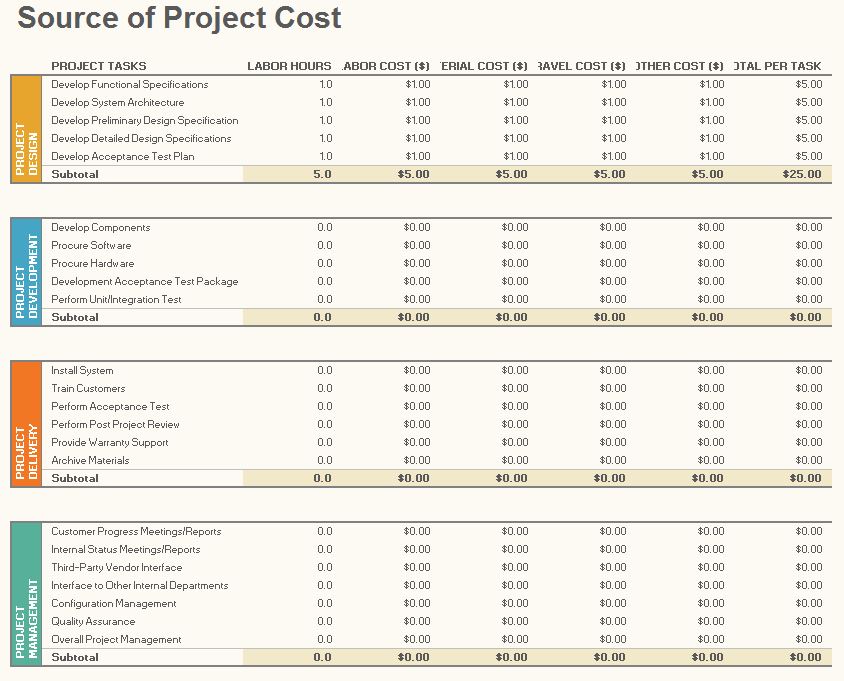

This is one of my favorite project management concepts.
Time-related: Set a specific timeframe for your team members to achieve this goal. Realistic: Create attainable goals that are achievable in a reasonable timeframe. Assignable: Make sure this goal is assigned to a specific individual or individuals. Measurable: Quantify your goals using KPIs (key performance indicators). Specific: Make sure your goal has a specific endgame. The best way to create project goals is to use the S.M.A.R.T. Without these goals, a project becomes an aimless endeavor that’ll never reach any worthwhile conclusion. Principle 1: Create clear and concise project goalsĮvery project needs goals that are clear, concise, and most importantly, measurable. In order to help guide you through your planning phase, I’ve put together five project management principles that’ll help you develop goals, set milestones, and assign the right roles for each task. No two project plans are the same, but all successful ones are guided by core principles. Project management principles to follow as you develop a plan Start your path to career success with strategic, career-focused Bachelor, Master, and MBA degrees program reccomendations. Now that you understand project management basics, here are the five principles you need to remember when developing your plan. Step 5: Closure and presentation: Time to tie up all of the loose ends by developing final project reports and presenting your deliverables to your stakeholders. Step 4: Project monitoring: Throughout the execution process, you’ll need to monitor, measure, and report project management metrics so you’ll have everything you need to inform your stakeholders about your progress. Don’t be afraid to amend your plan based on changing circumstances. Step 3: Project launch and execution: Once your plan is in place, it’s time to put it into action. Step 2: Planning and ideation: If you’ve decided your project is viable, the next step is to put together a project management plan that’ll guide you through the execution process. Either you’ve received a request from a client or discovered a business need, and it’s up to you and your stakeholders (those affected by the project deliverables) to determine whether or not accomplishing this project is feasible and valuable for your business. Step 1: Project initiation and conception: Initiation is your launchpad for your project. 
Many of these terms will help you better understand the core project management principles I’ve laid out in this piece.

What are the steps (or phases) of project management?īefore we jump into the main focus of this guide, let’s run through a refresher of the project management process that governs all projects.
#Budget planning project management software#
There are all kinds of project management techniques, styles, and software available, and it’s up to you to find the system that works best for your organization. However, because there are so many different types of projects, there isn’t a one-size-fits-all approach for reaching these goals. Whether you’re working in the for-profit, nonprofit, or governmental sector, project management is crucial for accomplishing tasks. The great thing is, project management isn’t limited to certain industries.

It’s the coordination and direction of personnel, money, resources, schedules, the scope of work, and deliverables for the purpose of achieving a business goal. Project management is the process that makes a business work.








 0 kommentar(er)
0 kommentar(er)
